Cindy Sherman
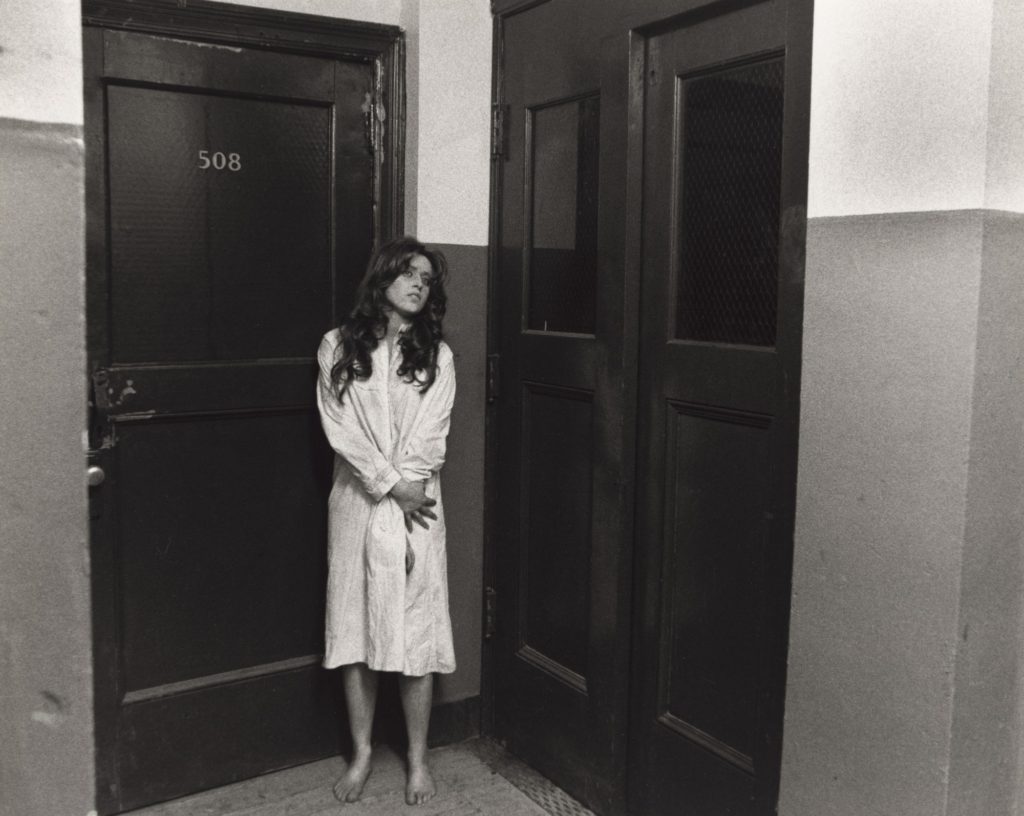

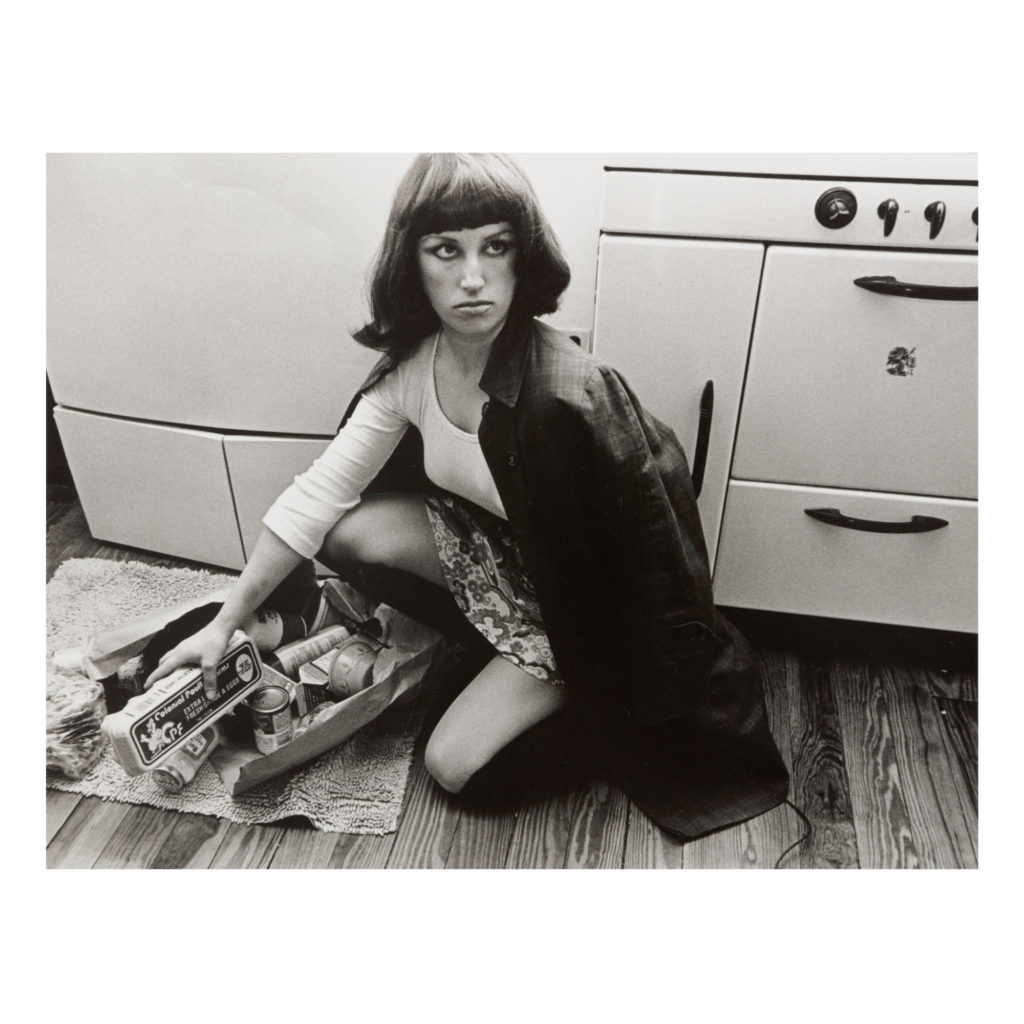


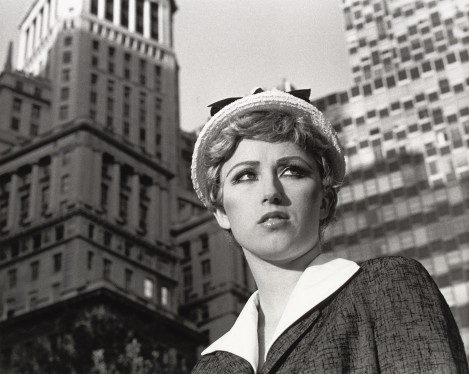
21
Cindy Sherman’s “untitled film reels” showcase female innocence and femininity from a satirical viewpoint. She works as her own model, morphing into different characters to represent all women. Like the name of the project, each photo looks like a film still, creating the idea that there is much more to the story and the narrative. In ‘untitled film still 21’ Sherman dresses in the style of a 1960s French new wave heroine. Like a majority of the stills, Sherman’s expression is reactive and she seems to be scrutinising something out of shot to express the contingency of women’s since of self by always regarding subjects out of the audiences frame of reference. The act of Sherman using herself consistently as her own model and masquerading as different personalities reflects the performance of womanhood and the many masks a woman wears to conform to society. By using such a variety of characters, Sherman presents the liberating and anti-essentialist idea that identity is not a fixed medium but a chosen path which connects to Judith Butlers ideas of gender and identity as your identity is not something which is culturally imposed, instead it is freely chosen. It is ironic that despite this anti-essentialist view Sherman’s roles in this particular series are all ultra-feminine and stereotypical who’s reactive expressions depict them as fragile. Working in tandem with the semantic field of cinema allows Sherman to establish her character to connote Hitchcock’s stock character of the blonde victim.
Lissa Rivera
Lissa Rivera’s “Beautiful Boy” explores gender and sexuality through cross-dressing her model. The images are brightly coloured and evoke feelings of nostalgia, where the background connotes different eras. Rivera started the project to counteract the idea that femininity in western culture is less valuable than masculinity in both men and women. She uses the ideology that one “can’t deny the power of a glamourous image”. By making her model look beautiful and comfortable in his feminine identity she severs the idea that men who cross dress are being emasculated for amusement as a commodity, like the gag of cross dressing in mainstream media as an object of ridicule as by becoming a woman you are stepping down in society and losing agency. The power of glamour is very important to this project as it is a tool to inspire and gain acceptance rather than the parodic representations of gender expression seen in film and television over the last century.
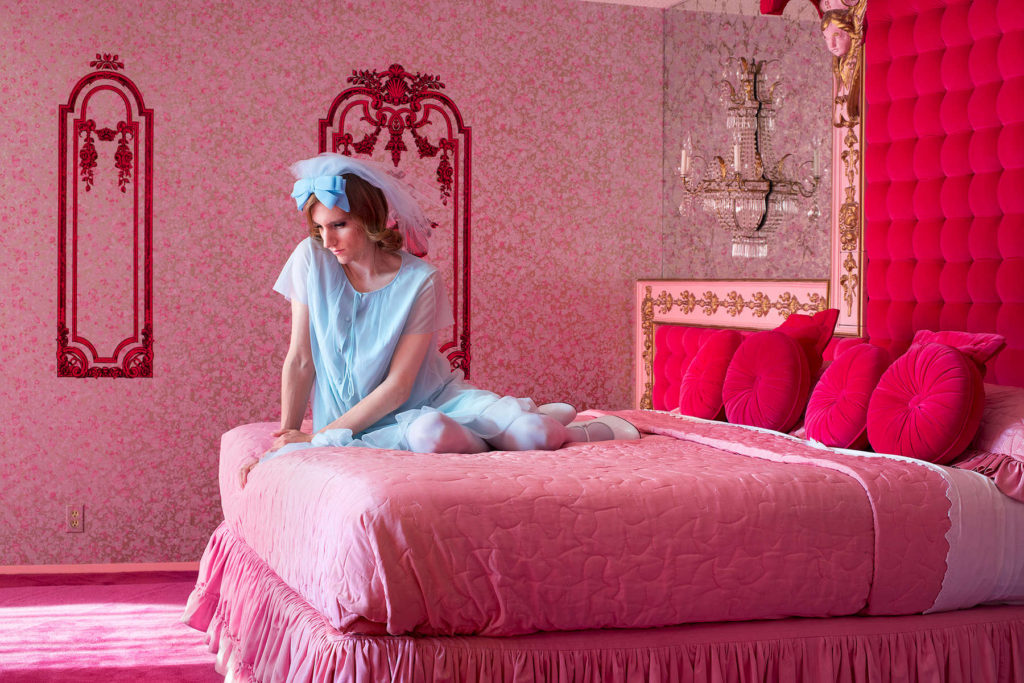
In this image Rivera uses a vintage aesthetic to challenge modern perceptions of gender identity. Her models gender fluid identity directly contradicts the hegemonic, heteronormative ideals of the 1960s mise-en-scene she is conveying. The use of solid colours shows deeper meaning in this photo as the bedroom, a persons most intimate place is completely pink, showing the stereotypically feminine personality and identity of the model while he wears blue to signify his biological identity and the identity that other perceive him as. This over the top use of colour creates a fantasy world or hyperreality of the models perception of their identity. Rivera’s photographs are often taken within the boundaries of an intimate and constricted space to show the rigidity of society’s view on gender and the desire to categorise a person based on their perceptions of outer appearances. Essentially, Rivera’s message is to stop being so closed minded and begin to make judgments based on character rather than physiognomy.

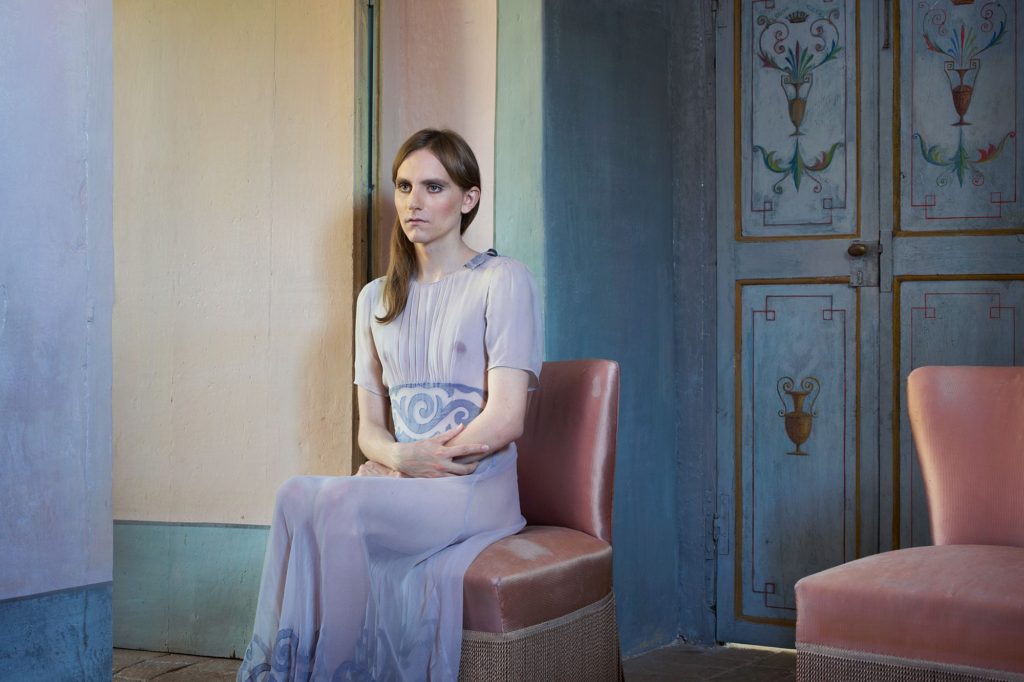


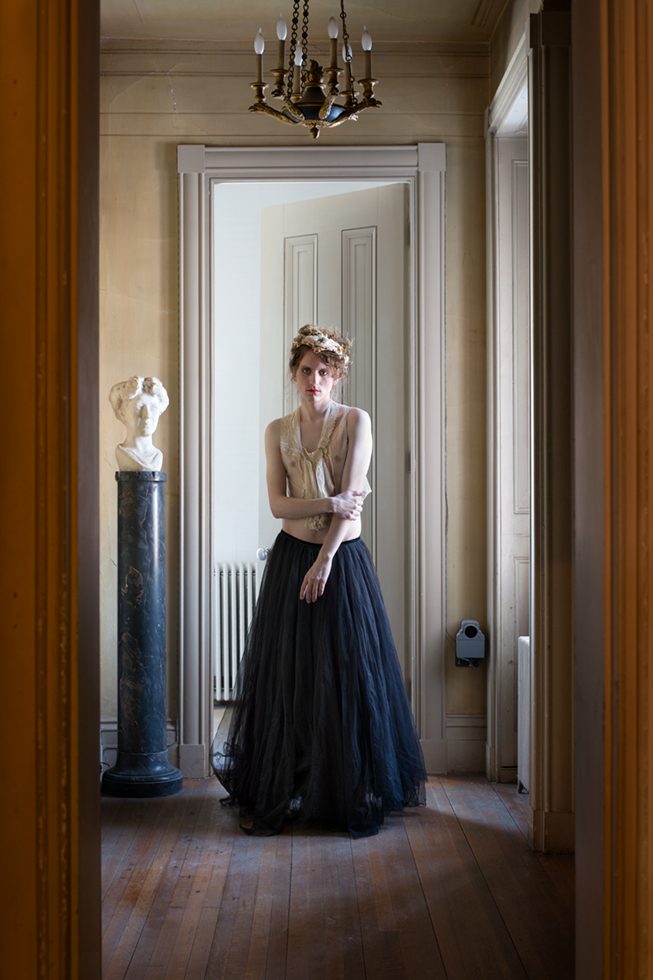
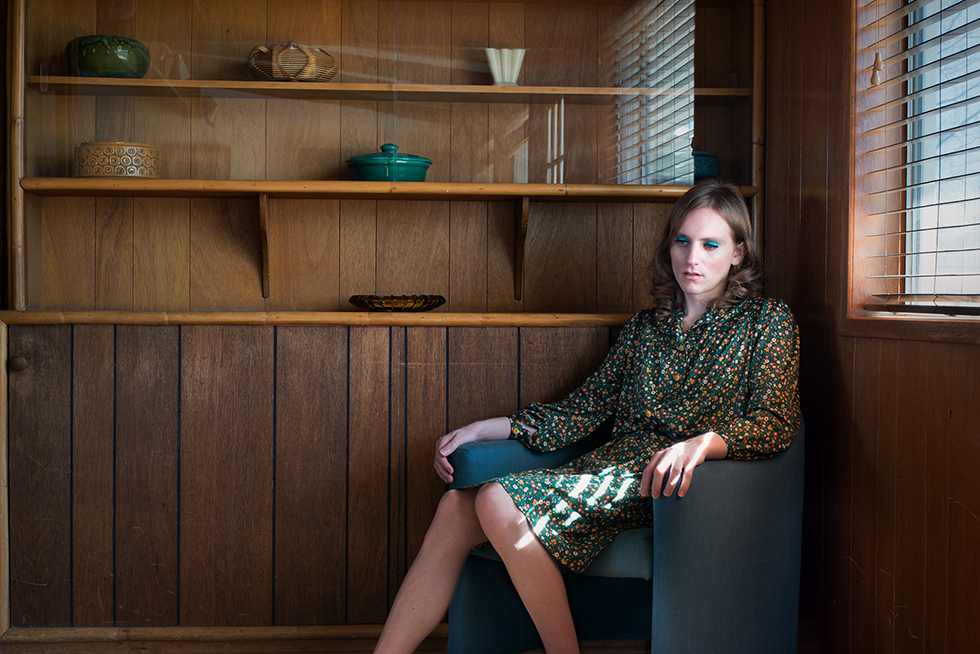

Olivia, overall you most provide more details and produce more content in all the posts that publish on the blog. I aware that you are trying to catch up on a lot work, but don’t take the short cut. It’s better you produce quality blogposts to achieve more mars rather then trying to do everything.
For artists references above you should provide more details about each artists work and include references and hyperlinks to research and online sources. In addition you must select at least one key image and provide in-depth analysis using matrix of technical>visual>contextual>conceptual.
In addition you need to show more evidence of photoshoots and photographic responses on your blog. For example, you must produce a blog post with still images made for your film recce at Carmen’s nan’s house. They show great understanding of lighting and compositional skills producing images of high aesthetic quality. The blog post should include a selection of the best images with annotation and select at least one if not two images for more in-depth analysis using save matrix as above